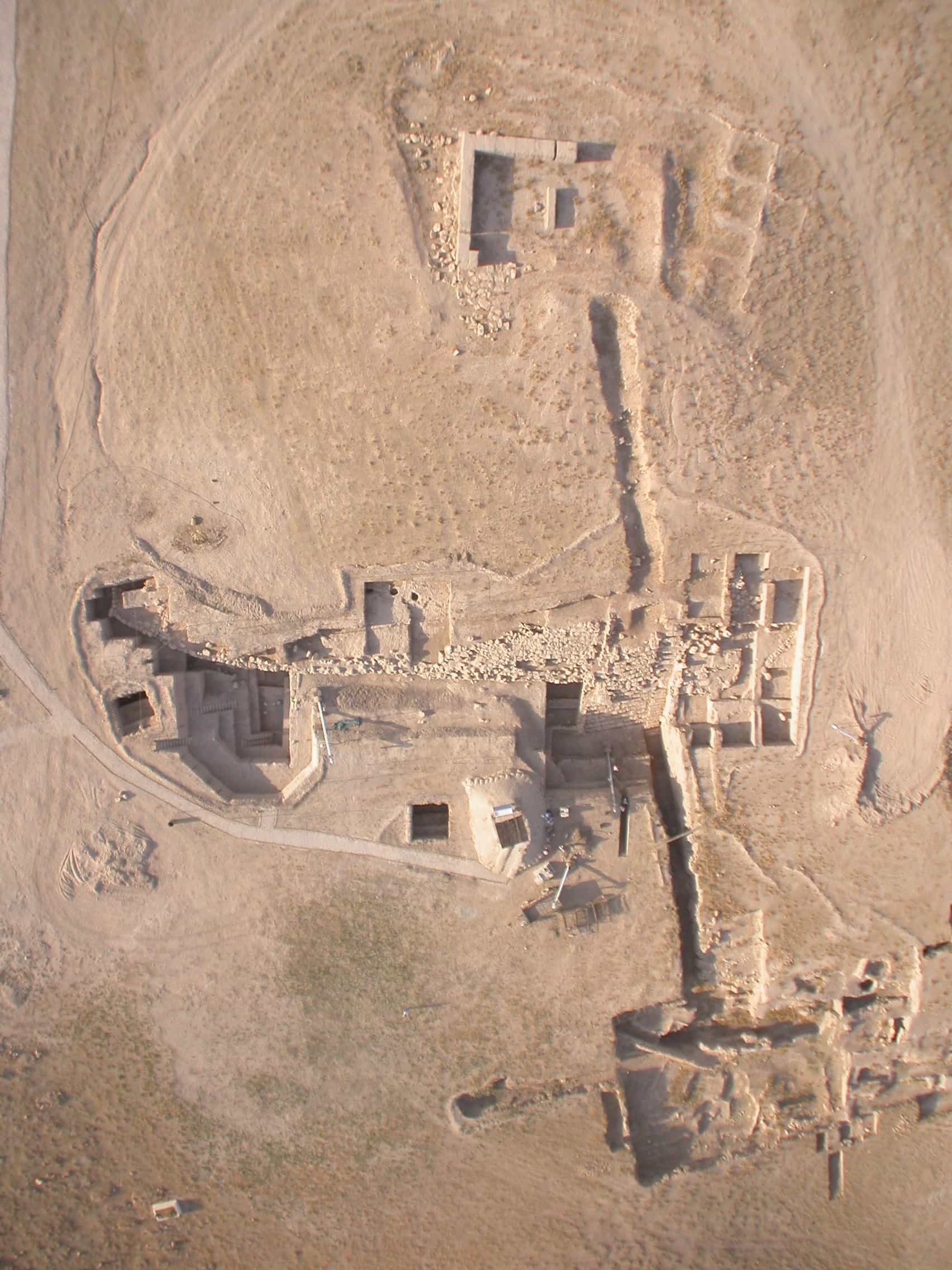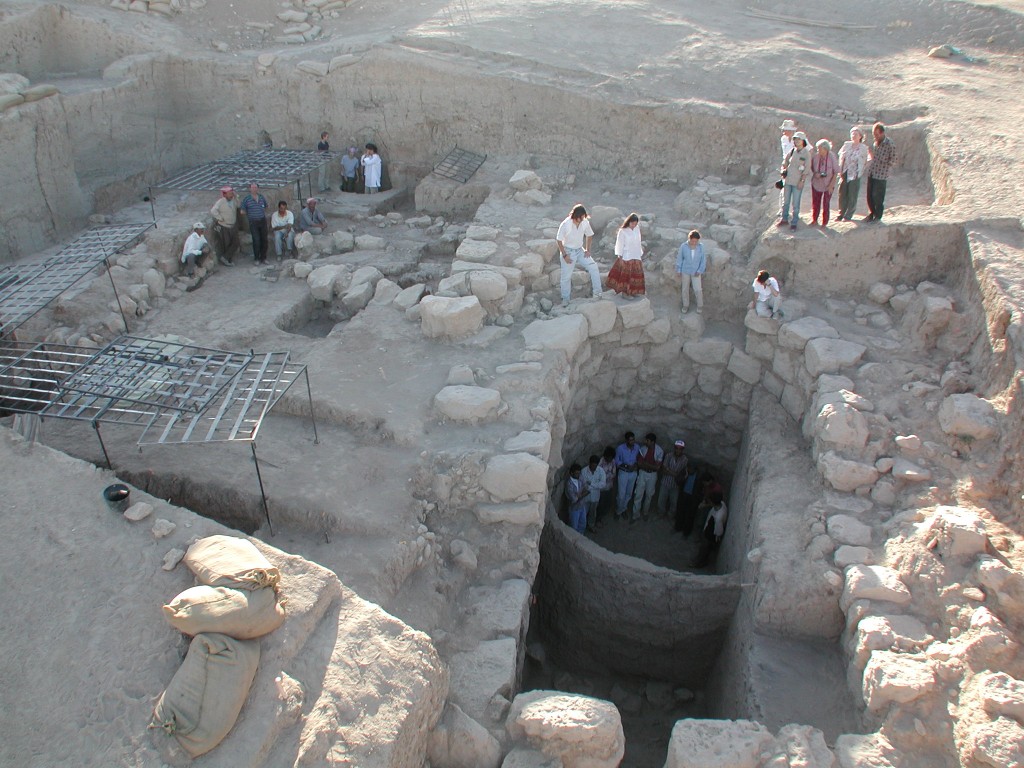Bringing back to light architectures and objects that the earth has been hiding and protecting for millennia is not a simple act of reconquering of the past. It is a strong affirmation of the fact that this past, regained today, represents the future.
There is, in the apparently simple gesture of releasing from the matrix of the earth what remains of the societies of the past, an answer to that ideology of violence that we have so sadly seen applied to the ruins of the ancient Assyrian civilizations, in the terrible images of destruction carried out by ISIS. In its systemic dimension, this violence aims to disrupt the very foundations of culture.

Looking at the archaeological data, that is from those fragments of different realities which remained fixed in the ground as a consequence of the process of deposition, the archaeologist aims to reconstruct the entire cultural experience that had given rise to them. The excavation is, therefore, also the place where the interruption of a tradition that has, in a way, surrendered itself to the ground is healed.
Today there are no more living carriers of the culture that is brought to light: no one identifies himself or herself any more with the living interpretive flow of that past society, now hidden by the earth. How, then, can one re-enter the flow of what was, but is no longer, a living tradition? How to overcome or heal the interruption?
